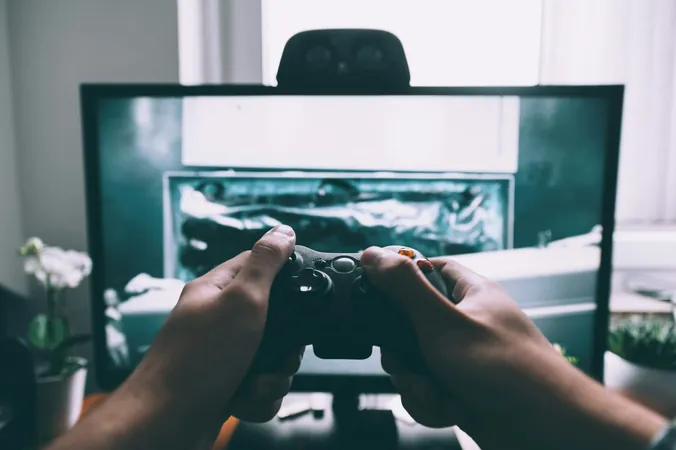
Gamers Team Up to Decode the Mysteries of Gut Microbes: A Revolutionary Approach!
2024-11-18
Author: William
Recent scientific endeavors are undergoing a transformative change, where the worlds of gaming and serious research collide. In a groundbreaking initiative, researchers have redefined how we can contribute to scientific discovery by turning complex biological puzzles into engaging gaming experiences.
It all began in 2008 with the launch of Foldit, a pioneering video game that invited players to assist scientists in solving real-world research problems through collaborative puzzle-solving. Since then, the landscape of citizen science games (CSGs) has burgeoned, with innovators applying game mechanics to fields as diverse as genetics and physics. Traditional CSGs often emphasized scientific content, which limited engagement primarily to those with a pre-existing passion for science.
However, a trailblazing team of researchers from Switzerland, Canada, and the USA took a different approach with their game, Borderlands Science (BLS). Their innovative strategy shifted the focus to entertainment, making the gaming experience enjoyable before weaving in scientific challenges. This vibrant game immerses players in the exploration of over one million genome sequences obtained from human gut microorganisms, aiming to unravel their roles in human health.
The scientific heart of this endeavor revolves around analyzing 953,000 genetic fragments from human stool samples, provided by participants in the American Gut Project. These 16S rRNA sequences serve as key identifiers for various microorganisms. Researchers meticulously categorized these sequences into more than 10,000 clusters, refining their focus to 9,667 clusters that would form the basis of the gaming puzzles.
Once players entered BLS, they were met with a colorful grid that resembled a dynamic puzzle rather than traditional genomic data. Each block represented a DNA base (A, T, C, or G), and players advanced by skillfully repositioning gaps to enhance sequence alignments. This game called upon players' inherent puzzle-solving skills, providing clear goals and a scoring system to inspire competition and ingenuity in finding the optimal solution.
Significantly, the researchers didn't have to go on a recruitment spree; instead, they cleverly integrated BLS into the popular game Borderlands 3, released in 2020. Over the initial 16 months, the game attracted an impressive audience, resulting in more than 1.4 million player-generated puzzle solutions. The top solutions were filtered and combined, allowing the researchers to construct a comprehensive alignment and an evolutionary tree of the gut microorganisms.
Validation of these player-generated solutions showcased an impressive achievement, as the outcomes surpassed traditional methods of sequence alignment and tree-building. BLS was able to reveal important biological patterns that linked microbial relationships to various lifestyle factors, including diabetes and alcohol consumption, ultimately providing insights into digestive health.
Since its launch, more than 4 million players have engaged with the BLS game, marking a significant retention rate that is unprecedented in the realm of citizen science. Gamers have embraced the opportunity not only to enjoy themselves but also to contribute meaningfully to scientific knowledge, driven largely by their curiosity about science.
The feedback loop from players also served as a critical component, confirming that gamers were not merely playing for fun but were genuinely interested in the scientific aspects of the game. Researchers assert that this game-first design model has significant implications for public science literacy and engagement with scientific research.
In conclusion, Borderlands Science has successfully illustrated that video games can not only entertain but also provide essential human resources for tackling vast genomic datasets. This approach empowers both gamers and scientists alike, showcasing the potential for collaboration that could revolutionize future scientific endeavors. The exciting blend of gaming and research stands as a testament to the power of innovative thinking in addressing complex challenges—proving that, in the face of overwhelming data, sometimes all it takes is a game to unlock the potential of human curiosity.

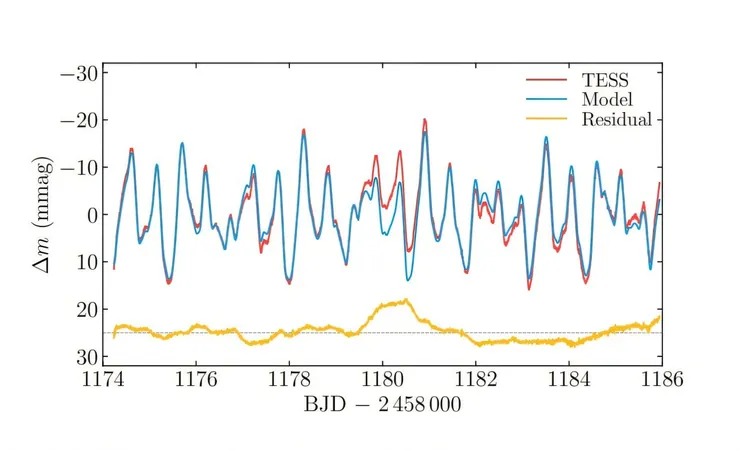

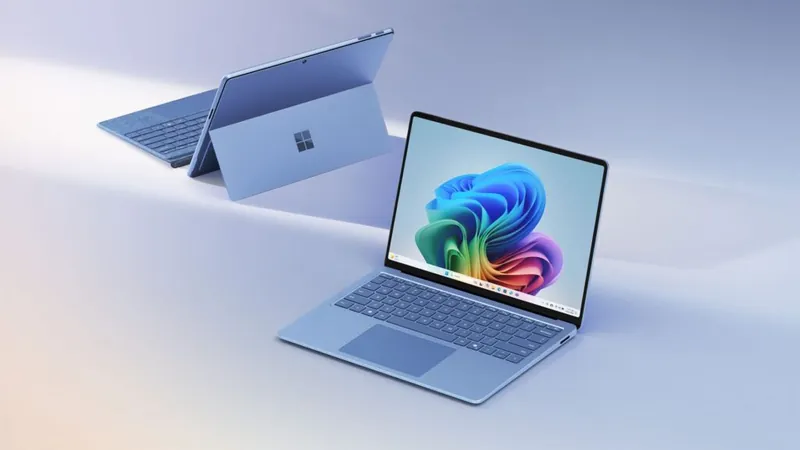
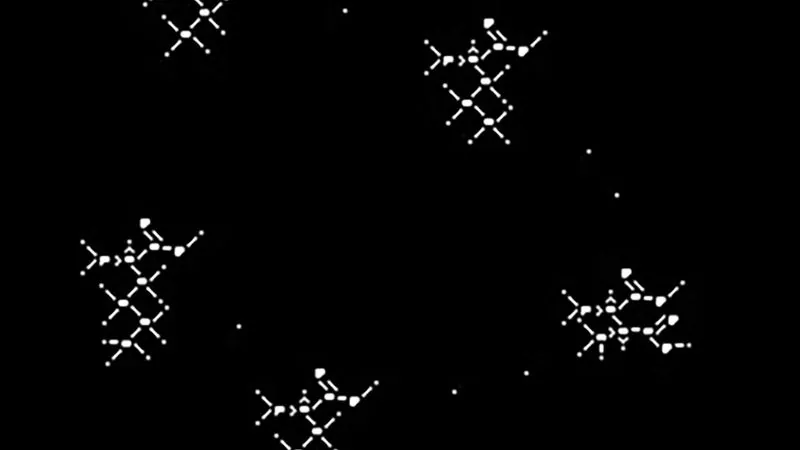



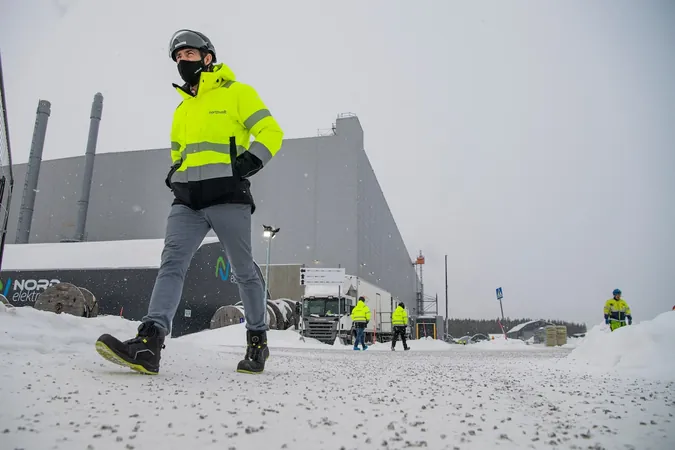
 Brasil (PT)
Brasil (PT)
 Canada (EN)
Canada (EN)
 Chile (ES)
Chile (ES)
 España (ES)
España (ES)
 France (FR)
France (FR)
 Hong Kong (EN)
Hong Kong (EN)
 Italia (IT)
Italia (IT)
 日本 (JA)
日本 (JA)
 Magyarország (HU)
Magyarország (HU)
 Norge (NO)
Norge (NO)
 Polska (PL)
Polska (PL)
 Schweiz (DE)
Schweiz (DE)
 Singapore (EN)
Singapore (EN)
 Sverige (SV)
Sverige (SV)
 Suomi (FI)
Suomi (FI)
 Türkiye (TR)
Türkiye (TR)